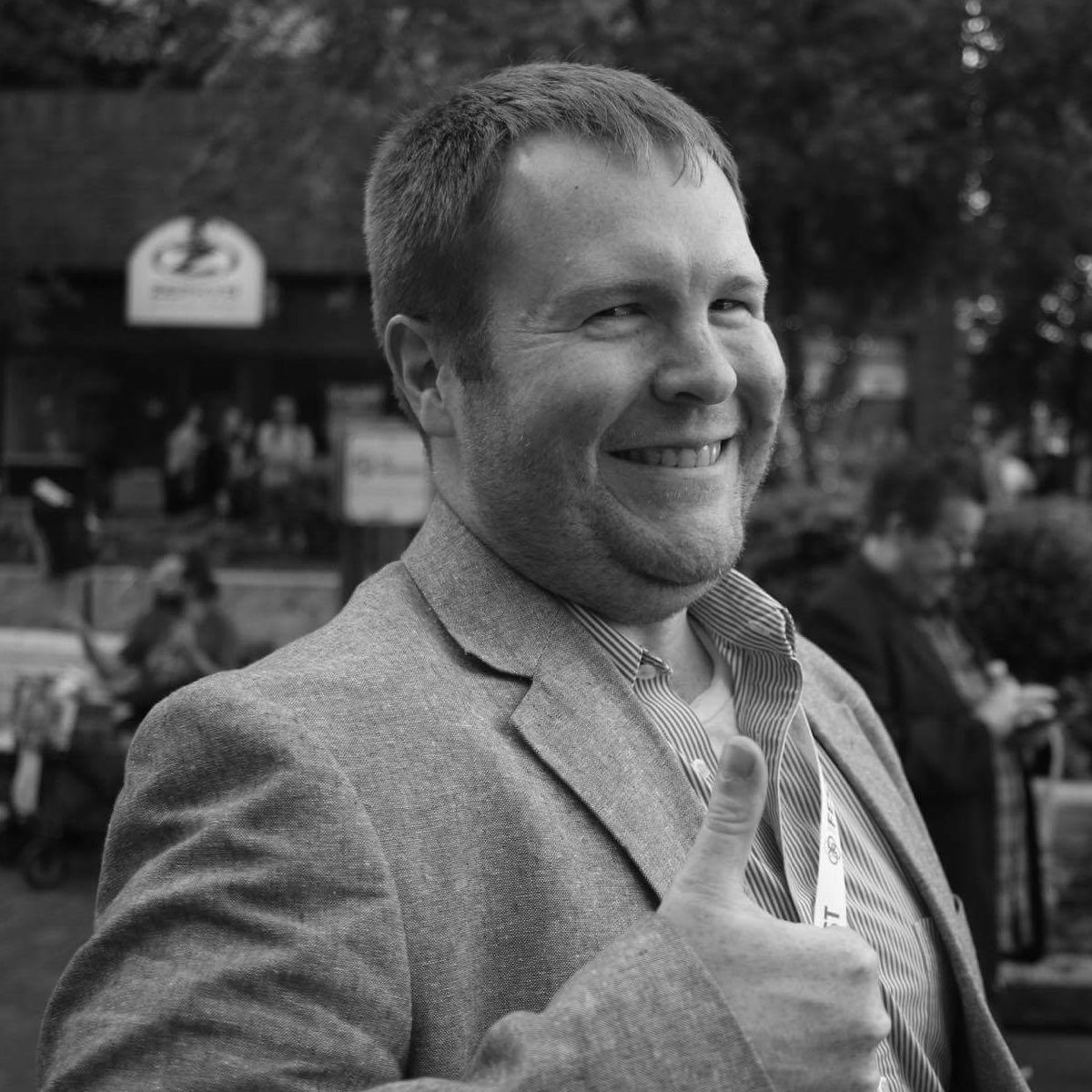Noah Kagan
Million Dollar Weekend
ISBN: 978-0-593-53977-4
When you attend a conference, there are usually one or two sessions that stick out in your memory as the best session you attended. Usually these sessions are a bit outside the norm – either there is some sort of interactive component or something unusual about the way the information is presented. Maybe the session takes place in a unique setting. While the keynotes are supposed to have the spotlight at events, it’s usually a breakout session that sticks most in the mind years after the event. For example, at Denver Startup Week a couple of years back, there was a session on sensory experiences for your business. This session went beyond sights and sounds – what most people think of when designing a brick-and-mortar shopping experience – and discussed smell and touch as being just as important, with the presentation space set up to highlight these senses as much sights and sounds.
At SXSW this past March, my favorite session was Noah Kagan’s discussion of his book Million Dollar Weekend. I’d heard about him in the past, but I wasn’t expecting the kind of amazing interactivity that his session had. He utilized some examples from the book and got the room talking about their ideas and businesses. I ended up connecting with a couple of people from that session just because we were encouraged to talk about ourselves.
The great thing about the session is, while concepts from the book were discussed, the author didn’t give away much of the book’s content. The title Million Dollar Weekend made me think how the book might tie into programs like Startup Weekend and as I read the book, I got to thinking how I could integrate some of the ideas from text into future Startup Weekend events that I organize and facilitate. Not surprisingly, there was a great deal of overlap between the content of the book and what is already being done during those weekends.
One of the things that I discuss with Startup Weekend groups is that execution is probably the toughest part of the startup process. On occasion, participants at Startup Weekends are not willing to discuss their ideas and need to be convinced that ideas don’t have any intrinsic value until you execute on them. Even if someone were to “steal” your idea during an event, they may not be able to create the correct solution to solve customer problems, or their team might be dysfunctional. It takes a lot to get some of these founders started, but getting them started puts them past the hardest part.
The main highlight of the session at SXSW and of the book is that each year, you as a potential startup founder have 52 chances to succeed. Each weekend is an opportunity to get out there and create a new million-dollar business. You have 52 opportunities to solve the world’s problems, and in each of those chances, you need to challenge yourself to earn $1 from a customer during those 48 hours. If you can earn $1, you can earn $2, and $3, and so on. You validate your solution by getting paid – no need to worry about venture capital at this point. This is how you make the most of those 52 chances.
Overall, 9/10, would highly recommend to anyone who is having a difficult time getting started. Knowing that getting started is the hardest part might be the tipping point for some people to get out there and solve problems, especially if they have the opportunity to earn actual money doing so! If you have participated in a Startup Weekend event in the past, this book is a great refresher on why you chose to spend the weekend building something amazing, and might get you back in that arena in the months and years to come. Anyone can be an entrepreneur – it’s just a matter of getting started.
